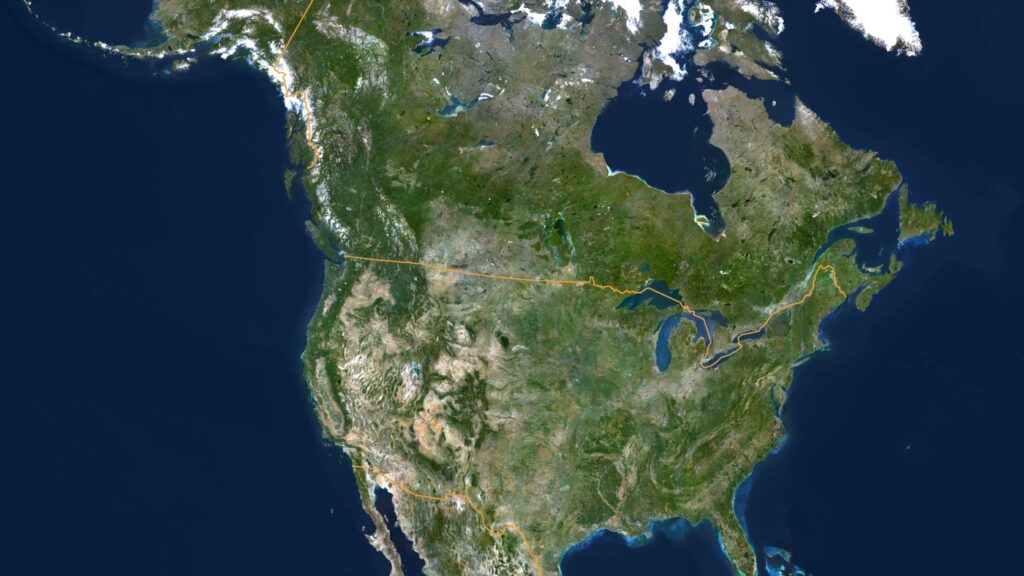The U.S.-Canada border, primarily following the 49th parallel, has been a topic of discussion following President Trump’s remarks suggesting its erasure during a meeting with Canadian Prime Minister Mark Carney. Trump described the border as artificially drawn, expressing his desire to eliminate it and potentially make Canada the 51st U.S. state. This proposal is part of Trump’s ongoing interest in Canada, marked by imposing tariffs and strained relations. However, Carney firmly stated that Canada is not for sale.
The history of the U.S.-Canada border dates back to a series of treaties from 1783 to 1925, culminating in the establishment of the border at the 49th parallel via the Oregon Treaty of 1846. Geographical considerations, particularly river systems, played a significant role in determining the border. The border, though man-made, holds real-world significance despite being artificial in origin.
The International Boundary Commission meticulously maintains the border, ensuring its visibility and integrity. The border, demarcated by various monuments and a treeless zone, stretches 5,525 miles across North America. Despite Trump’s rhetoric and calls for potential changes, experts believe that renegotiating the border is unlikely and emphasize the need for respectful negotiations rather than extreme measures. The U.S.-Canada border remains a crucial aspect of North American geography and history, reflecting the complex relationship between the two countries.

